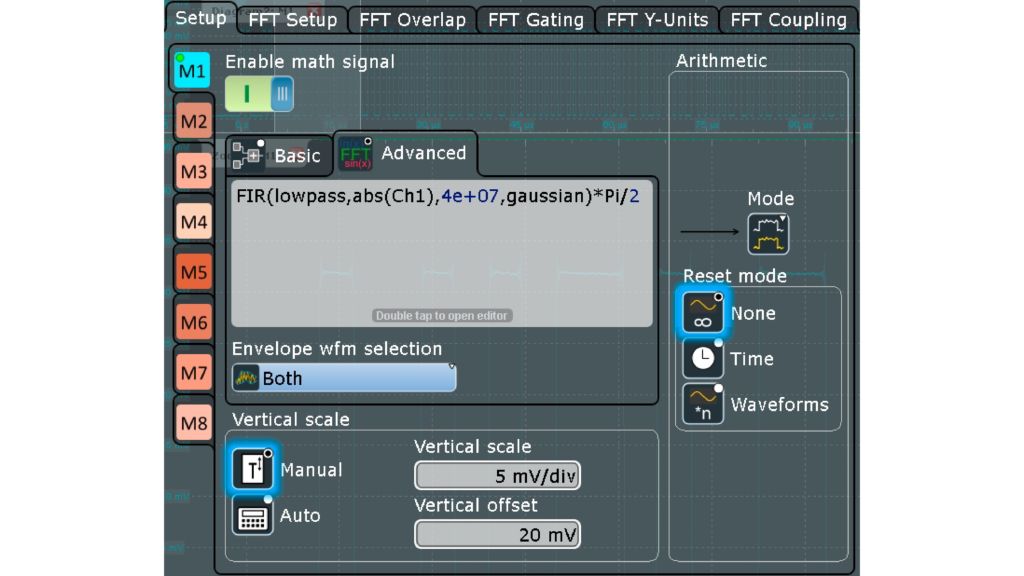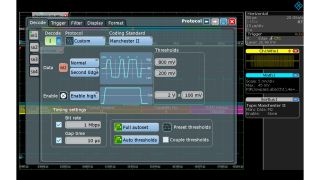Decoding secondary surveillance radar
Secondary surveillance radar (SSR) bridges the gap between communications systems and classic radar systems. Despite the increasing capabilities of mobile communications, SSR remains a major component in airspace surveillance.
State-of-the-art methods such as Mode S reply enhance SSR with broadcast-like capabilities and enable airports in remote locations to surveil the airspace even if no radar is available. More advanced techniques such as automatic dependent surveillance broadcast (ADS-B) utilize the infrastructure provided by a Mode S reply transponder to provide even more information for ground control and other aircraft.















